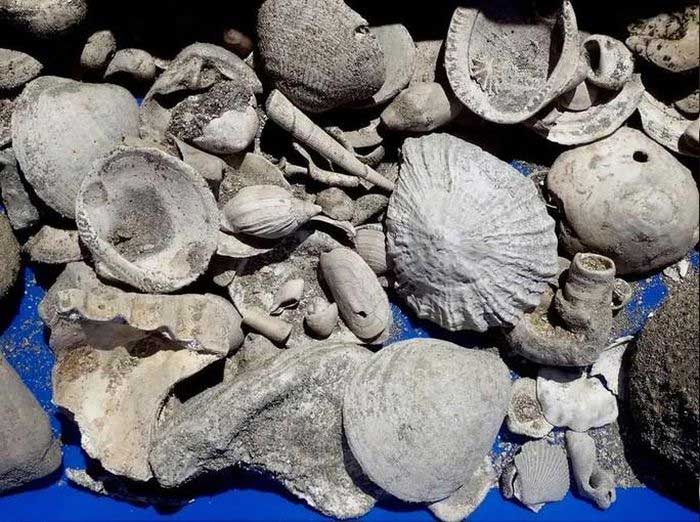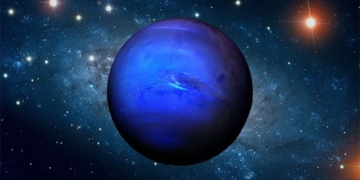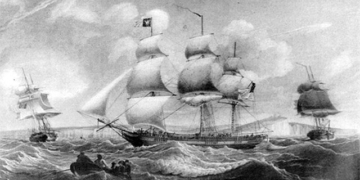Paleontologists describe the treasure of over 300,000 fossils discovered at the Mangere Wastewater Treatment Plant (Auckland, Australia) as “finding gold right at your doorstep.”
According to a publication in the scientific journal New Zealand Journal of Geology and Geophysics, the treasure found at the Mangere plant contains more than 300,000 fossil specimens belonging to 266 species, representing the richest and most diverse collection of 3-million-year-old fauna ever excavated in New Zealand.

Some specimens from the massive collection of over 300,000 items excavated from the Mangere Wastewater Treatment Plant area – (Photo: AUCKLAND MUSEUM).
The collection includes at least 10 species that have never been known to science, which will be studied for description and naming in the future.
The fossils were first discovered during the upgrade of the main pipeline transporting raw sewage from the city center to the plant.
Researchers found that the pipeline system passed through a rich layer of ancient sediments, revealing specimens one after another.
Many paleontologists and paleontology students have been mobilized to work for several months under the supervision of Dr. Wilma Blom, a scientist at the Auckland Museum.
After additional weeks of sifting through the material, they cataloged more than 300,000 specimens belonging to 266 different species. Several thousand specimens have completed processing and been sent to the Auckland Museum.
The fossils are extremely diverse, including remnants of the world’s oldest giant land snail genus, extinct sawsharks, ancient great white sharks, and horned whales… Most are species that are now extinct.
The sedimentary area is part of an ancient seabed and also the habitat for most of the species in the collection. Some other species, including 10 species from the iconic New Zealand land snail family, lived elsewhere but were likely swept away into this “mass grave.”




















































